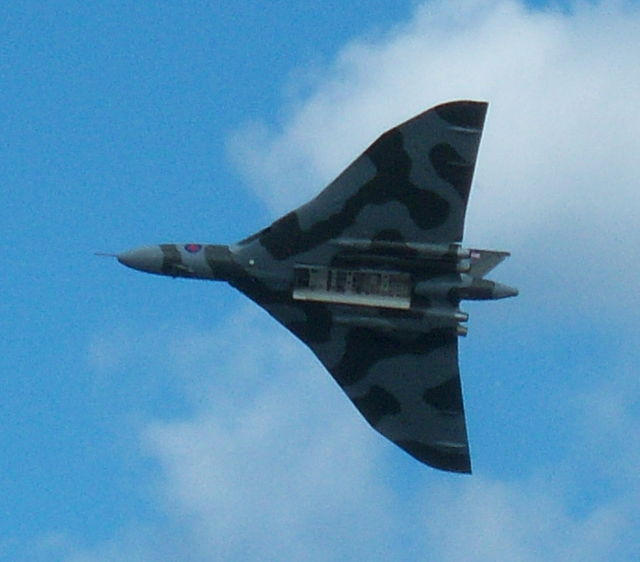National Aviation Day
National Aviation Day has been celebrated every year on 19 August since it was first established by US President, Franklin D Roosevelt in 1939. The date was originally chosen to commemorate the birthday of Orville Wright, one of the famous pioneers of early flight.
Today, individuals and companies take the opportunity to learn about the history of aviation and celebrate the innovations of past and present engineers, pilots, scientists and all those who have impacted upon the development of flight as we know it today.
Aviation at Farnborough
Known as the birthplace of British Aviation, Farnborough in Hampshire has a rich history of pioneering spirit. From Samuel Cody’s first powered flight to its redevelopment as a business aviation centre, Farnborough has always been at the forefront of aviation and provided a platform to accelerate change and innovation.
Farnborough International has run a world-leading Airshow since 1948, welcoming the global aviation industry every 2 years to showcase and collaborate on the biggest advancements in the sector. Farnborough International Airshow 2022 was especially poignant for the industry following a 4-year break due to COVID-19, and the importance of reconnecting and rebuilding partnerships was more important than ever.
Pioneers of Aviation
Throughout history, countless individuals have directly and indirectly contributed to the advancement of flight including pilots, scientists, engineers, manufacturers, designers and many more. Here are the stories of a few notable pioneers.
Anne Burns was an engineer and pilot who spent her career at the Royal Aircraft Establishment at Farnborough for nearly 40 years. She applied rigorous mathematics and physics theory to investigate and test turbulence and aircraft safety. In 1953, Anne became a Principal Scientific Officer at Farnborough and supported the investigation into the crashes of the early de Havilland Comet jet airliners. Anne was also a hugely successful glider pilot. She became the first woman to cross the English Channel in a glider and broke every glider record for a British woman at the time.

In 1947, General Charles E. Yeager from the U.S. Air Force became the first person to break the sound barrier. He piloted the X-1 rocket-powered research plane built by Bell Aircraft Corp, travelling at 662mph. In the years previous, pilots and engineers would describe ‘a physical wall’ that aircraft could not go through with breaking apart. Yeager’s flight proved that the human body and specially designed aircraft could withstand such speed, propelling the advancement of supersonic flight and ultimately space flight. Yeager also went on to break numerous altitude and speed records.

Roland “Roly” Falk became the Chief Test Pilot at the Royal Aircraft Establishment at Farnborough in 1943. He flew over 300 aircraft during his career including the Avro Vulcan’s first flight and subsequent displays at the Farnborough International Airshow. In the 1950s, test pilots were celebrities of their day, often making appearances at airshows around the world. Test flying can be very dangerous and pilots need to be calm and methodical, nowadays typically requiring a background in aeronautical engineering to support with the design and refinement of aircraft.

Dr Johanna Weber, was a pioneering mathematician and aerodynamicist who contributed significantly to the design of supersonic swept-wing aircraft, including the Concorde. Post-war, Weber joined the Royal Aircraft Establishment at Farnborough where she worked on the Handley Page Victor and improving theory surrounding aerodynamics. Her research on supersonic transport ultimately contributed to the design and construction of the Concorde.

Aviation Today
Sustainability is arguably the biggest topic of discussion in the industry today. With the drive to Net-Zero by 2050 on everyone’s agenda, companies and governments globally are coming together to problem solve and collaborate. This conversation was particularly pivotal at Farnborough International Airshow 2022 and AGF and will continue at the next Sustainable Skies World Summit in 2023.
Also increasingly on the radar is Urban & Advanced Air Mobility. At FIA2022, companies such as Vertical Aerospace, Lilium and Supernal showcased the latest innovations in the future of flight and took part in discussions about where the industry is headed. Our dedicated Global Urban & Advanced Air Summit is due to return in 2023, once again bringing together the leading innovators and businesses striving towards this common goal.
How can I celebrate National Aviation Day?
Take the time to explore the world of aviation, whether learning about historical pioneers or reading about the latest technological advancements. Aviation can be a huge topic to delve into so start with something that you are most interested in.
Businesses often take the opportunity to celebrate the engineers, scientists and pilots that have worked on their past and present innovations, so keep an eye on social media channels for related content.
Across the summer season, numerous airshows occur throughout the country and they are a fantastic opportunity to immerse yourself in the world of aviation. You could also visit a local museum, science centre or aviation base that often display immersive exhibitions and activities to take part in.
You can also celebrate National Aviation Day from your home by having a movie night, hosting a quiz with your friends or family or building model planes. There are endless fun ways to celebrate!